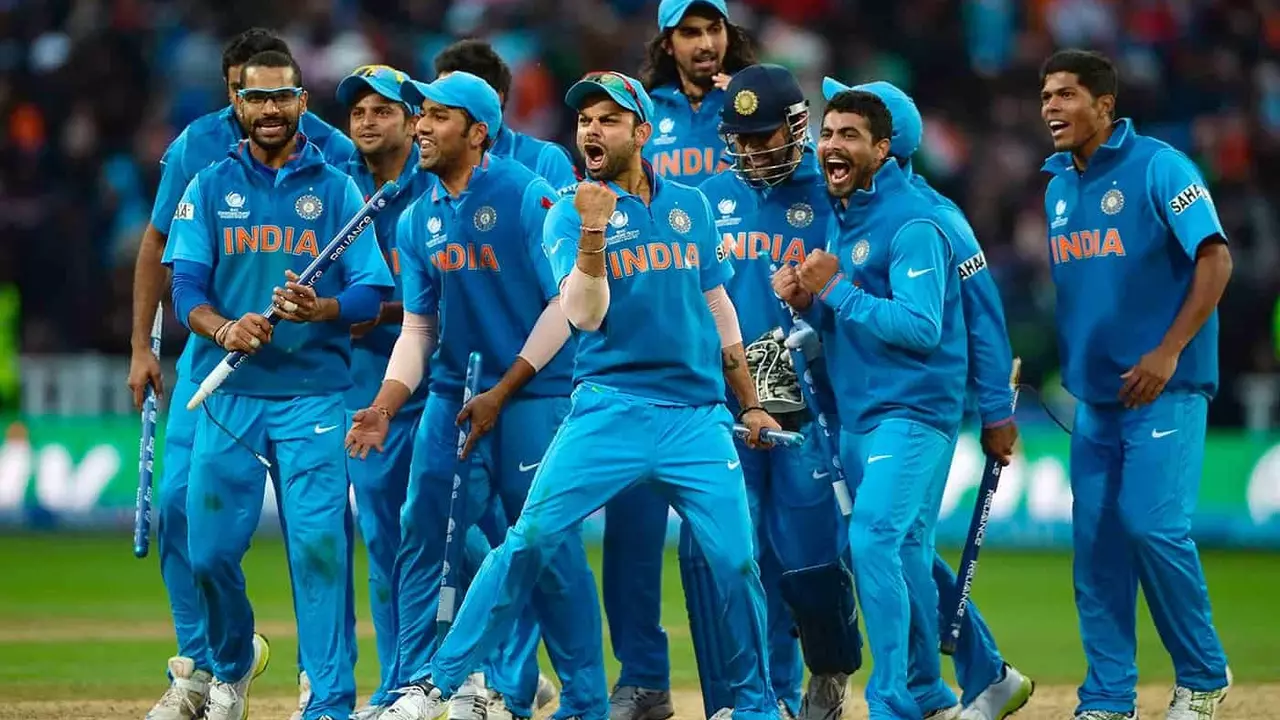Cricket History: From Village Greens to World Stages
If you’ve ever wondered how cricket became the sport we love today, you’re in the right place. Let’s walk through the game’s story, piece by piece, so you can see why it matters.
The first clues of cricket show up in 16th‑century England, where kids played a simple bat‑and‑ball game on open fields. By the 1700s it turned into a structured pastime, with clubs forming in towns like Hambledon. Those early clubs set the rules that later shaped the modern game.
Key Milestones That Shaped the Game
In 1844 the first international match took place – Canada vs. United States. It wasn’t England yet, but it proved cricket could travel. The real breakthrough came in 1877 when Australia faced England in the first Test match at the MCG. That contest sparked a rivalry that still fuels fans today.
The 1900s saw the birth of the County Championship in England and the inaugural Ashes series, a battle that turned into a cultural event. The rules kept evolving: over‑arm bowling became legal in 1864, fielding restrictions appeared in the 1970s, and limited‑overs cricket arrived in the 1960s, giving fans a faster, more exciting format.
Fast forward to 1975, when the first Cricket World Cup was held in England. Ten teams competed in a 60‑over per side format, and the West Indies lifted the trophy, announcing their era of dominance.
Legends Who Defined the Sport
Names like Sir Donald Bradman, Sachin Tendulkar, and Sir Vivian Richards still echo in stadiums. Bradman’s 99.94 batting average set a benchmark no one has topped. Tendulkar’s 100 International Centuries turned him into a global icon, while Richards’ fearless batting changed how people viewed aggression in cricket.
Women’s cricket also carved its own history. The first women’s Test was played in 1934 between England and Australia. The game grew steadily, leading to the Women's World Cup in 1973 and a professional era that now includes leagues like the Women’s Big Bash.
Today, the sport balances tradition and innovation. T20 leagues like the IPL bring in massive crowds and new money, while Test cricket still offers the classic five‑day drama that purists adore.
Understanding cricket’s past helps you appreciate why a single over can feel like a century and why a simple handshake at the crease means respect. From village greens to massive stadiums, the journey shows how a simple bat‑and‑ball game can unite nations.
So next time you grab a bat or tune into a match, remember you’re part of a story that’s been written over 500 years. The history is still being made, and you get to watch it unfold.
How was the first cricket team of India was formed?
The formation of India's first cricket team is an interesting historical journey. It all started back in 1926, when the Board of Control for Cricket in India (BCCI) was established, marking the beginning of a formal cricketing structure in the country. The BCCI then worked towards getting international recognition, which led to India playing its debut test match in 1932 against England. The team was a mix of talented players from different regions of India, handpicked by the selectors. It was indeed a significant milestone that paved the way for India's rich cricketing legacy.
Details +